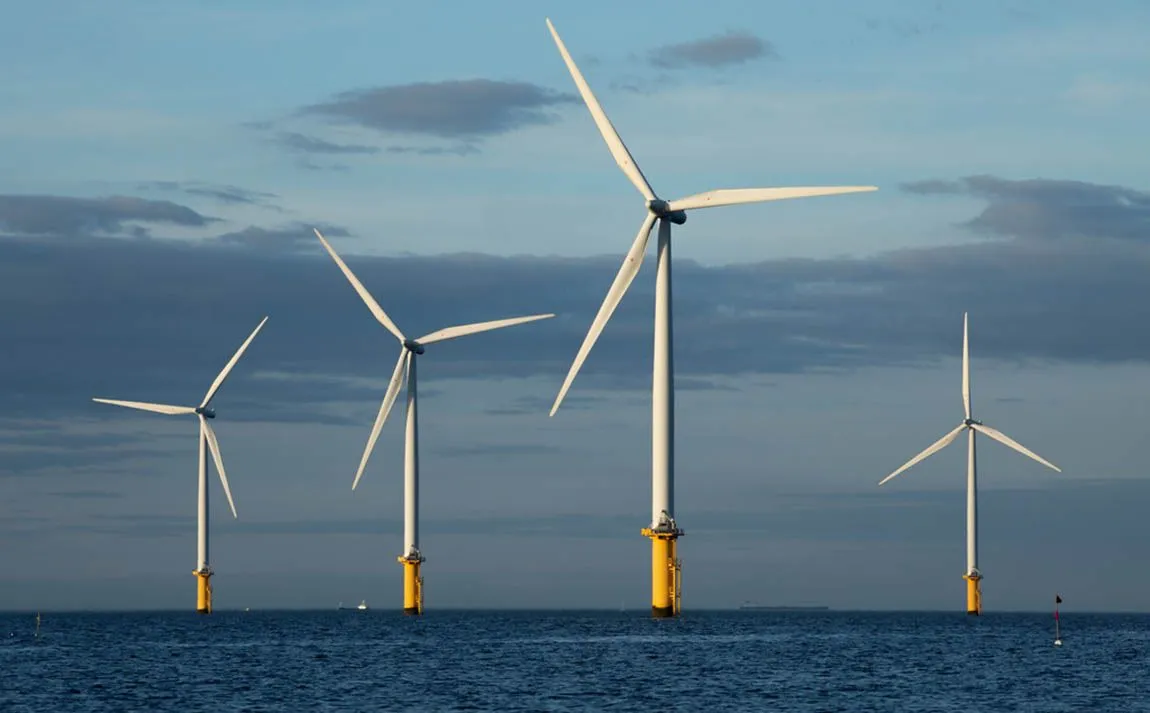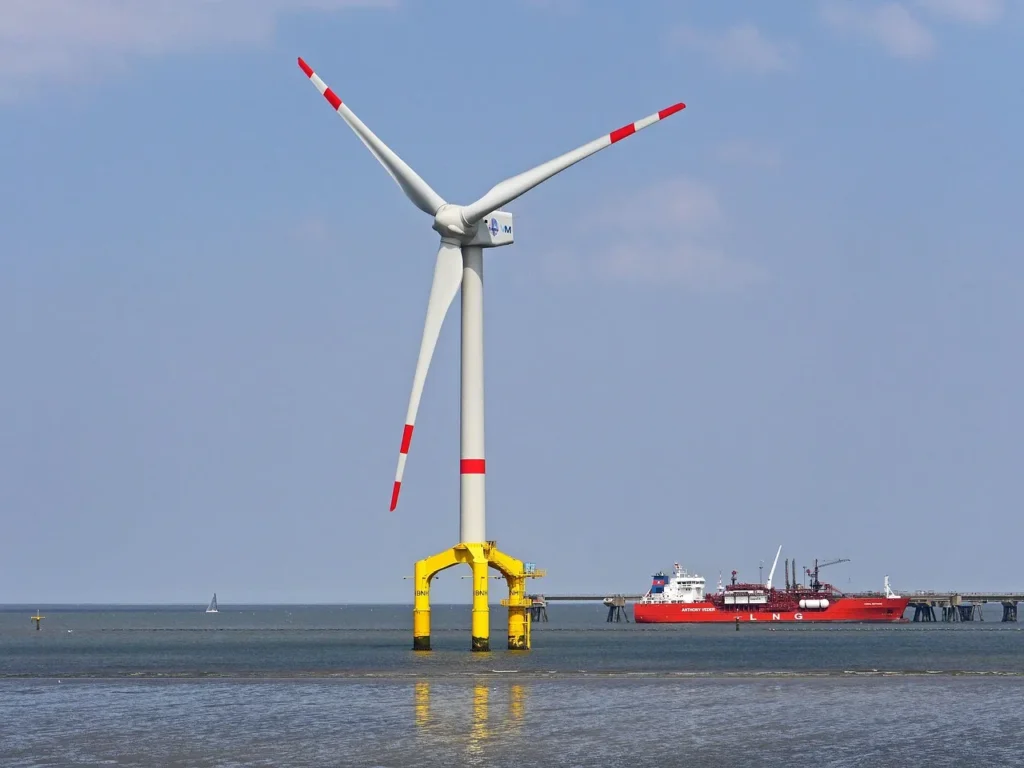
ScottishPower Accelerates Research into Electrifying Offshore Wind Operations in the UK
ScottishPower Renewables, the UK-based renewable energy division of the global Iberdrola Group, continues to spearhead the transition to a greener future with groundbreaking research that advances the electrification of offshore wind operations. Recent studies commissioned by the company provide strong evidence that battery-powered vessels, specifically designed for offshore wind maintenance, can be recharged at sea—a critical innovation for reducing greenhouse gas (GHG) emissions in the renewable energy sector.
The findings are the result of detailed investigations conducted by two engineering and marine technology specialists: MJR Power & Automation and Oasis Marine. These new reports are the culmination of a three-part research initiative aimed at exploring the viability of electrifying offshore support activities—a domain traditionally reliant on fossil fuels. The studies delve into both the technological feasibility and environmental benefits of shifting from diesel-powered vessels to electric-powered Service Operation Vessels (E-SOVs) and Crew Transfer Vessels (E-CTVs).
Driving Decarbonisation in Offshore Wind Operations
Offshore wind energy is already playing a pivotal role in the UK’s strategy to achieve net zero emissions by 2050. However, while wind farms themselves generate clean energy, their construction, maintenance, and operations still rely heavily on diesel-fueled vessels. This reality has prompted calls for a more comprehensive approach to decarbonisation that includes the supply chain and support services integral to offshore operations.

Recognising this gap, ScottishPower Renewables has been working closely with innovation partners to evaluate how low-carbon technologies can be integrated into offshore operations. According to the new studies, offshore recharging infrastructure—allowing battery-powered maintenance vessels to recharge at sea rather than returning to port—is not only technically viable but could be deployed on future wind farms as part of the next generation of green marine logistics.
This innovation would enable electric Service Operation Vessels (E-SOVs)—which serve as floating bases for technicians working on turbines—to stay at sea for longer periods without needing to return to shore for fuel. The findings suggest that implementing offshore charging stations would significantly reduce downtime, operational complexity, and environmental impact.
Findings from the Research: Feasibility and Impact
The studies confirm that the electrification of offshore maintenance is no longer a futuristic concept—it is an achievable goal that could transform offshore wind operations within the next decade. The research covers a range of technical aspects, including vessel design, battery capacities, offshore charging mechanisms, environmental conditions, and regulatory considerations.
In particular, the following key points were highlighted:
- E-SOVs (Electric Service Operation Vessels): These large vessels serve as offshore hubs for personnel and equipment. The research shows that E-SOVs can be effectively charged at sea using dynamic or static offshore charging infrastructure, including systems integrated into wind turbine foundations or standalone buoy-based systems.
- E-CTVs (Electric Crew Transfer Vessels): For wind farms located closer to the shore—typically within 20 to 40 nautical miles—smaller electric vessels can be used to transport crews from port facilities to offshore platforms. The studies demonstrate that E-CTVs are well-suited for shorter missions and can be charged reliably onshore, or potentially offshore with the appropriate technology.
- Offshore Charging Technology: The reports explore multiple concepts for delivering offshore charging, including automated connection systems and inductive charging solutions. These technologies must be robust enough to operate in harsh marine environments, and the research finds that current designs can meet these standards.
- GHG and Fuel Savings: One of the most compelling outcomes of the studies is the projected reduction in greenhouse gas emissions. The adoption of battery-electric vessels, coupled with offshore charging, could cut fuel usage significantly—potentially by over 90% for specific operations—leading to lower emissions and operating costs.
- Cost Competitiveness: Though the upfront investment in electric vessels and charging infrastructure is higher than for traditional diesel vessels, the long-term savings from reduced fuel consumption, lower maintenance costs, and emissions-related compliance expenses make electrification economically attractive over a 20- to 30-year asset lifecycle.
A Broader Vision: Aligning with UK and Global Net Zero Goals
The research led by ScottishPower aligns closely with national and international goals to decarbonise the maritime and energy sectors. In the UK, the government’s Maritime 2050 Strategy and Clean Maritime Plan set ambitious targets for reducing emissions from domestic shipping and support operations.
Furthermore, the International Maritime Organization (IMO) has committed to halving greenhouse gas emissions from shipping by 2050, making initiatives like those led by ScottishPower essential stepping stones toward industry-wide transformation.
By enabling clean energy to be both produced and maintained using sustainable practices, ScottishPower Renewables is addressing one of the most overlooked contributors to emissions in the wind sector. According to the company, making offshore operations fully electric complements broader investment in renewable energy and demonstrates leadership in sustainable innovation.
Strategic Collaborations: MJR Power & Automation and Oasis Marine
ScottishPower’s partners in this research, MJR Power & Automation and Oasis Marine, have each brought critical expertise to the table.
MJR Power & Automation, based in the North East of England, has been working on the design and deployment of offshore charging systems. Their work includes developing a dynamic connection system that allows E-SOVs to recharge from turbine platforms or offshore substations—even in challenging sea states. The system is designed for integration with existing offshore wind structures, reducing the need for additional infrastructure.
Oasis Marine, meanwhile, has focused on developing a floating offshore charging buoy. This design allows vessels to connect and recharge without needing to maneuver near fixed platforms, offering flexibility and reducing collision risk. The buoy system uses wireless or robotic arm-based charging solutions that can operate autonomously and are tailored for low-maintenance deployment in high seas.
Both firms are contributing to a broader technology roadmap that supports full-scale demonstration projects planned for the coming years.
The Road Ahead: From Pilot Projects to Industry Standards
With technical feasibility confirmed, ScottishPower Renewables is now evaluating pathways to pilot-scale demonstrations. The company intends to collaborate further with vessel operators, marine engineers, regulators, and offshore developers to bring this vision to life.
Next steps may include:
- Selecting a suitable wind farm project to host a demonstration of offshore charging infrastructure.
- Engaging with CTV and SOV manufacturers to co-develop battery-powered vessels optimized for UK waters.
- Working with the Maritime and Coastguard Agency (MCA) and the Health and Safety Executive (HSE) to establish regulatory frameworks and operational safety protocols.
- Seeking funding and policy support from UK government innovation programs such as the Clean Maritime Demonstration Competition (CMDC) and Net Zero Innovation Portfolio (NZIP).
ScottishPower acknowledges that transitioning to an all-electric offshore maintenance model will take time, but the economic, environmental, and reputational benefits make this a compelling area for future investment.
The company’s commitment to sustainability is part of a larger Iberdrola Group strategy that prioritizes clean energy innovation, resilience, and energy sovereignty in a rapidly decarbonizing global economy.










